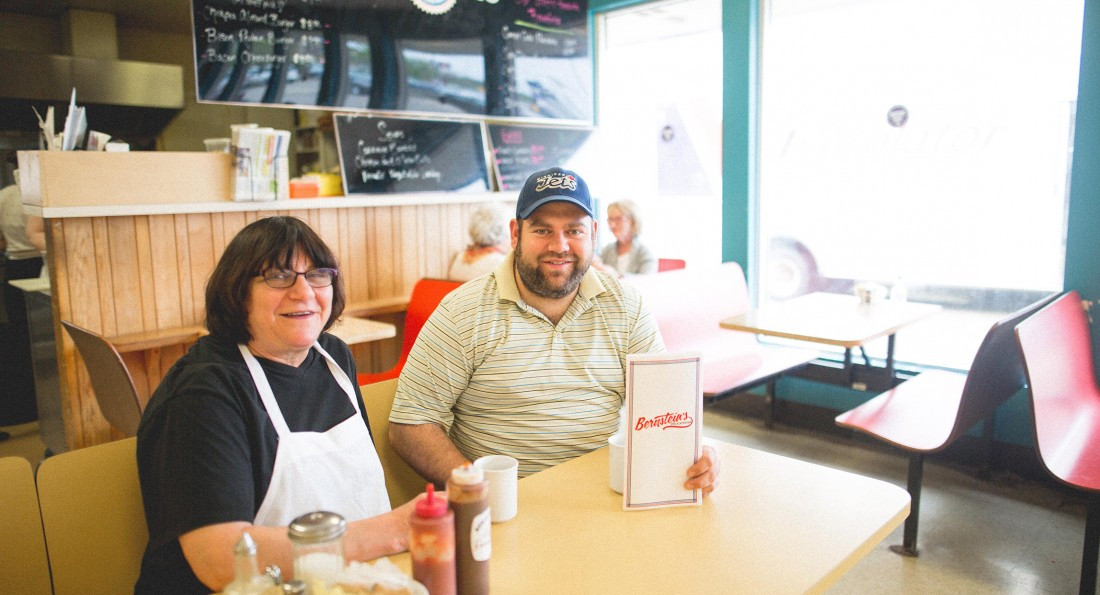App Offers New Incentive to Buy Local
Small business sees benefits of sharing platform for loyalty programs
The Local Frequency, a recently launched app dedicated to building up Winnipeg’s local economy, was developed by a team that aims to educate consumers about the benefits of shopping local.
Consumers who choose locally based businesses are not only putting money back into their economy, but also more likely to make an ethical purchase and build a sense of community.
While there is evidence to suggest millennials tend to see shopping local as a priority, it isn’t always an option financially. The Local Frequency, which is free to download, may attract more people to choose Winnipeg-based businesses.
The app gives customers three per cent of their transactions at participating businesses as “local points.” One local point has one dollar in value, which users can then redeem at any business that has adopted the app.
Smaller shops often can’t afford to be as visible as a more dominant chain. “(The app) is an equalizer,” Tyler Ibrahim, one of the developers of the app, says.
“People are often surprised to learn there are local businesses in their neighbourhood that they have never heard of before.”
Aaron Bernstein, managing partner for Bernstein’s Deli, has been working with The Local Frequency team for three years, discussing the best way to execute the app.
“Together we discussed my exposure/experience to what was out there, what the shortcomings were, why we were not utilizing any loyalty program, etc.,” Bernstein says. “This is a very green program with vast potential to grow with its participants over the coming years and we are excited to be a part of it.”
While Bernstein had been approached by other companies about creating an app, he was attracted to The Local Frequency because of its community aspect.
“The idea that I should have one app for every business I visit is ludicrous.
I could not imagine putting that on the public,” Bernstein says. “So the idea of sharing real estate on smartphones under an umbrella was very attractive.”
Bernstein’s current fellow small business people on The Local Frequency includes eateries, clothing stores and even athletic supply shops.
“Businesses and consumers are galvanizing around the concept. Businesses and their customers are enjoying the experience, and people like what we’re trying to accomplish.” Ibrahim says.
Though the app has had a positive response so far, Ibrahim and his team hope to see more widespread adoption of the app in the next year.
The Local Frequency currently only works for customers who pay with debit or cash, due to the transaction fees businesses already pay on those sales. Bernstein hopes that in the coming months they will find a way around it, and has ideas for the future of the app. He hopes to see analytical data become available to retailers who use The Local Frequency.
“There is so much opportunity to data mine and get to know our customers but also to reach out to program participants that are not yet our customer,” Bernstein says.
Published in Volume 71, Number 2 of The Uniter (September 15, 2016)








